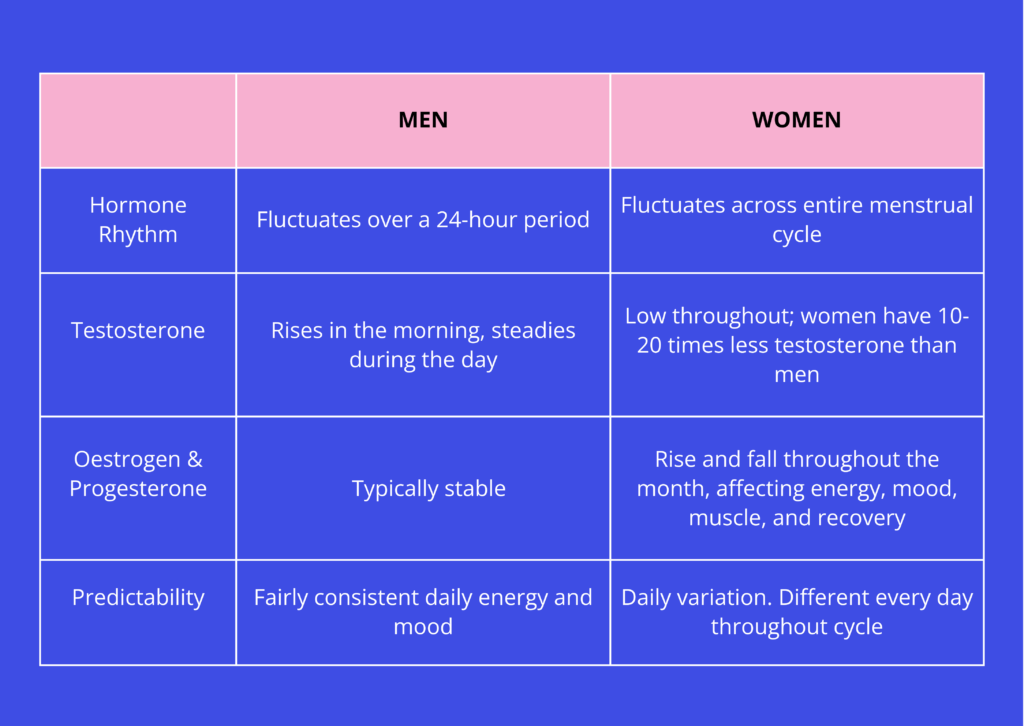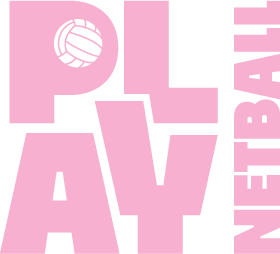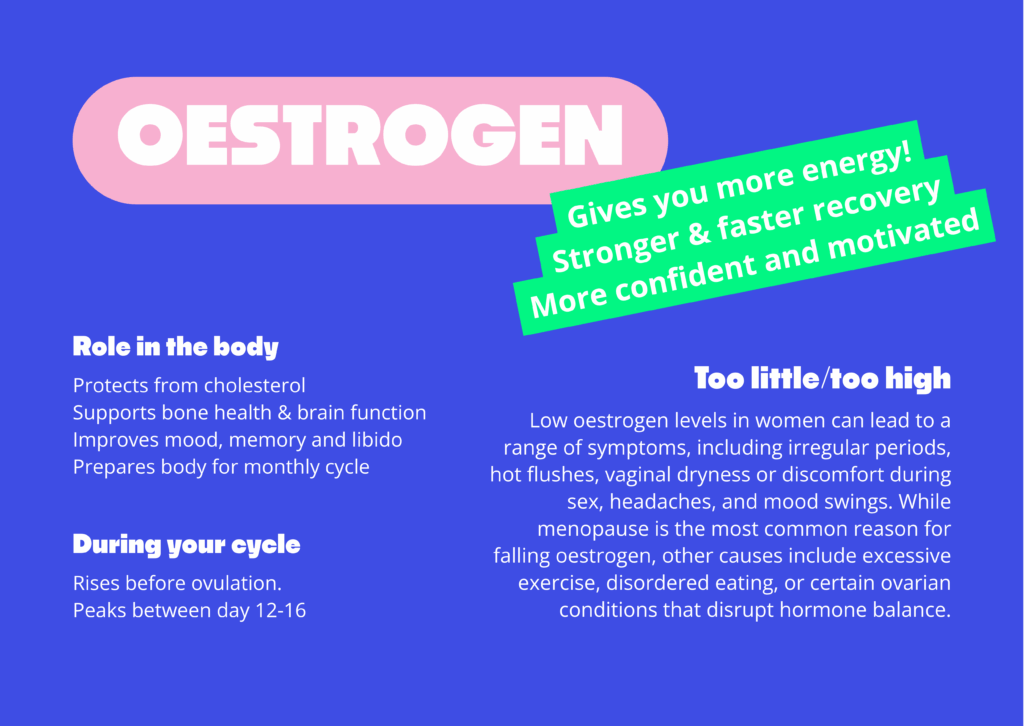Ever wondered if your period affects you playing sport?
This is a crucial and increasingly discussed topic in sports science and women’s health. The menstrual cycle has a real, measurable impact on women in sport, both physically and mentally. And unlike most men, whose hormones remain fairly stable daily, women’s bodies change every single day across their cycle, and that can have a direct impact on performance, recovery, and injury risk.
It’s not all about elite sport, or just the top-performers. Understanding how periods can affect your body is important for everybody to know, whether you want to adapt your training to suit where you are in your cycle, or just understanding yourself better and giving yourself a break if you aren’t feeling 100% on match day.
What are the differences between male and female hormones, and how does it affect us?
Male training can be relatively consistent. Whereas female athletes may perform better, recover faster, or be more injury-prone depending on where they are in their cycle.

What are the phases of the Menstrual Cycle & their impact on sport
Menstrual Phase (Day 1–5) Period Week
Hormones: Low oestrogen and progesterone
Impact: Some may feel tired, crampy, or bloated. Many people report increased pain sensitivity. Recovery from exercise can be slower
How your Netball can be affected:
In Netball, agility might be compromised due to fatigue. Core tension and bloating can affect form and balance. If you suffer with cramps and pain, then managing these are essential. Whilst you are on your period, managing bleeding, and wearing clothing you are comfortable in will help your confidence and comfort levels.
Elite Sport: Some athletes modify training to focus on techniques and improving their form, whilst doing light cardio, or skill work during this phase.
Follicular Phase (Day 6–14) Energy High
Hormones: Oestrogen rises
Impact: This is the best time for strength training, speed and high intensity effort. Your motivation is often higher, and recovery from sport is more efficient.
How your Netball can be affected:
In Netball, this is a great time for your match play and increasing your fitness. Your energy and focus levels often peak this week, so it’s a great time to sub for another team, and get extra fitness and game time in!
Elite Sport: The US Women’s Football Team famously started tailoring training camps around their players’ “high-performance” windows based on their cycles.
Ovulation (Day 14–16) The Tipping Point
Hormones: Oestrogen peaks
Impact: Performance may still be high but ligament laxity increases, particularly in the knees, so risk of injury spikes during this time.
How your Netball can be affected:
In netball, jumping and landing movements carry increased injury risk. Players must also be cautious with hypermobility during this phase. In most sports, ACL injuries in women often coincide with ovulation. Recovery can be slower.
Elite Sport: Most top athletes now track ovulation to avoid max-load training during this risk window.
Luteal Phase (Day 17–28) Slow Down & Manage
Hormones: : Progesterone rises, oestrogen drops
Impact: You may feel bloated, hotter (your core temperature rises), and feel less coordinated. Your motivation can dip, and fatigue can increase. Carbohydrate metabolism becomes less efficient.
How your Netball can be affected:
In netball, recovery needs may be higher. Pacing yourself and hydration become more important than ever. You may experience reduced balance, coordination and focus during this time.
Elite Sport: Some athletes increase protein intake and reduce training intensity in this phase, focusing on mobility, technique, or active recovery.
What are the differences between male and female hormones, and how does it affect us?
Historically, sports science has been based almost entirely on male data, which assumes a stable, predictable body every day of the month. That simply doesn’t apply to women. For decades, this has led to:
- Training programs that don’t align with performance potential
- Increased injury risk
- Shame or silence around periods in sport
- Missed opportunities to personalise athletic development
GET TO KNOW YOUR HORMONES!
What elite athletes are doing now
The England Women’s Football team tracks players’ cycles to reduce ACL injuries.
GB Gymnastics has introduced education for athletes and coaches on managing performance across the cycle.
Elite netball teams now monitor cycle phase alongside load management to keep players healthy and in peak condition.
With research highlighting the importance of understanding menstrual cycles, most top-level clubs and athletes are working alongside their periods, not against them by:
- Tracking cycles using apps or wearable technology
- Working with female-focused sports scientists and physios
- Adapting training and nutrition based on hormone levels
- Tailoring training schedules, strength work, and recovery windows
Why it’s critical to recognise the menstrual cycle in sport
Women’s hormone levels fluctuate daily, not just in a 24-hour pattern. These fluctuations can directly impact performance, recovery, mood, coordination, and injury risk. By ignoring the cycle, we risk underperformance and preventable injuries. By working with it, we unlock more consistent, healthier performance, and give female athletes the edge they deserve.
This blog post is for general informational purposes only and is not intended to replace professional medical advice, diagnosis, or treatment. Everyone’s body and menstrual cycle is different, and the way hormones impact sport and performance can vary greatly between individuals. If you have specific concerns about your health, cycle, or athletic performance, please consult a GP, sports doctor, or qualified health professional.
Ready to play netball with us? You can find your nearest league by typing in your city or postcode in our ‘find your nearest league’ search bar at the top of our website.
Useful links!
Find out more about our leagues
What Netball position are you?
Visit our Play 5-a-Side website!



